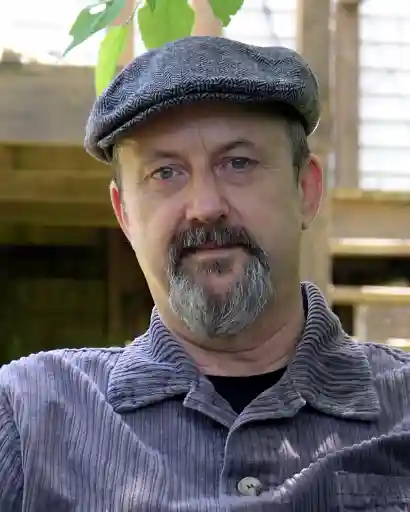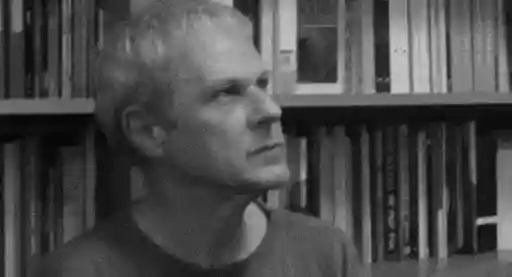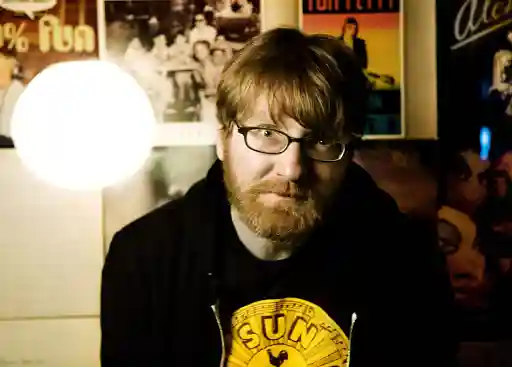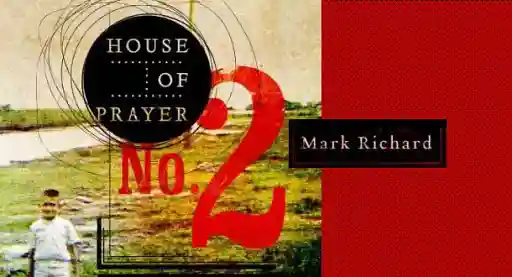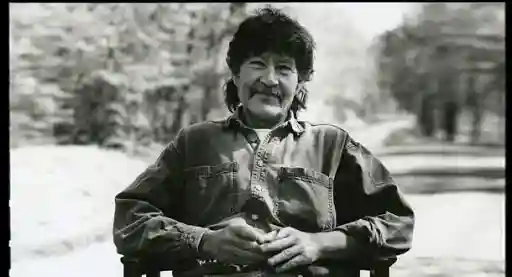After reading The Valancourt Book of World Horror Stories Vol. I, I was in awe of the scope and size of the project. Learning that there would be a Volume II releasing this year, I felt the need to ask Valancourt Books owners James D. Jenkins and Ryan Cagle some questions about their vision for global horror.
*For this interview, the questions were posed to both James and Ryan in an email. James and Ryan then discussed them together and James composed the responses.
I want to thank both of you for taking the time out of your busy schedules to answer these questions. I’m a big fan of Valancourt Books, as you know. Your attention to quality and your mission to find a readership for out of print books, gay interests, and your own curated “neglected works” is a cherished resource.
The Valancourt Book of World Horror Stories Vol. I is filled with contemporary, international horror stories originally written in over twenty languages. I am so curious about what prompted you to take on this project. Was there a specific situation or circumstance that really brought this need to light, or was this something the two of you have been thinking about for a while?
Well, two of my passions are learning foreign languages and reading horror fiction, so for the five years or so before the book came out I had been seeking out and reading all the Spanish, Dutch, Italian, etc., horror fiction I could find. Some of it was really good, and it seemed a shame that it wasn’t available for English-speaking audiences. Finally in 2019, Ryan and I discussed it and agreed it would make an interesting anthology, even if it was a bit different from what Valancourt usually publishes.
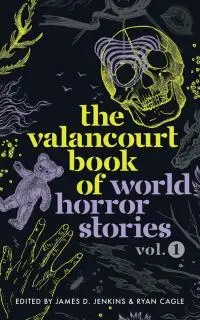 How do you go about finding these contemporary, international short works of horror? Where do you even start?
How do you go about finding these contemporary, international short works of horror? Where do you even start?
We spend countless hours doing Google searches to start with. Most of the time, the information isn’t in English, so you have to get creative with your search terms. Really we ended up looking pretty much everywhere: the horror sections of foreign bookstores, online forums and review sites, reference works. In countries with a well-established horror scene we were sometimes able to cheat a little and contact the main horror publisher there to ask them for suggestions or recommendations. And in a few cases other people’s work made our jobs easier: for example, a Danish librarian had an entire website dedicated to the best Danish horror, and in Spain and Brazil editors had recently published anthologies of their country’s best horror fiction.
Of course, that’s just the initial step. Once our research unearths an author or story that sounds promising, we still have to track down the material, which is not always easy. A lot of this stuff is published by small presses in distant lands, and it’s not always accessible at the push of a button as an ebook. And then of course comes the most time-consuming part, which is actually reading and translating it.
Obviously, you must find more stories than you will end up using in the final volume, so do you spend resources on having hundreds of stories translated? Can you talk about the process of translating, reading, and deciding on the final TOC?
I think this would normally be an insurmountable obstacle and it’s probably the reason a book like this hasn’t been done before. Commissioning translations of hundreds of stories just to be able to read them and see whether they’re good enough to include would be a huge investment of money, and I don’t think it would be realistic for most publishers. I’m able to read around twenty languages, which helped the process a great deal. For other languages I can’t read, we asked the authors to submit either a detailed synopsis in English or at least some kind of rough translation that would give us an idea of the story. For stories that aren’t written in English and aren’t submitted with a translation, I read them and if I think they might be good enough to include, I prepare a quick translation of my own, which Ryan reads and gives his opinion on. We don’t always agree on every story and try to narrow it down to ones we both think are great.
I hope it’s not too invasive of me to ask this, but I’m genuinely so curious and I bet other folks in the industry are so curious about this too—the financial situation sounds so complicated! Foreign currency, story rights and royalties—can you share with us a little bit about how you navigate the business side of something like this?
We paid each author a fee based on word count, and in most cases we were able to pay authors via Paypal. There were a few cases where authors didn’t have Paypal or it wasn’t offered in a certain country, so then we had to get creative and send cash with Western Union or use some other service. In almost every case the authors controlled the translation rights to the stories, so the rights situation wasn’t difficult. A couple of times we had to go through a foreign publisher or literary agency, but for the most part everybody was very easy to work with. Most of the authors were thrilled to have their work appear in English and were very helpful in arranging any necessary details.
Since I co-own a business with a partner and someone who I consider my best friend, I know how our process goes for making hard decisions and curating horror on a monthly basis. Can you tell me about the division of labor for this project? Who wears what hats?
For Volume II, I would say we split up the research portion of it about equally, with each of us probably finding about half the authors that wound up in the book. As I mentioned earlier, I read through most of the foreign-language material and prepared draft translations of the stories I thought were best so that Ryan could read and assess them. But of course English is spoken all over the world, and so we received quite a few submissions in English as well from places like Nigeria and India, and Ryan handled sorting through all that material, weeding out things that clearly weren’t what we were looking for, and passing along the better ones for me to have a look at too.
With Volume II, did you use stories from your first round of research that didn’t make it into Volume I, or did you start your hunt for more global horror anew?
Unfortunately (or fortunately, depending on how you look at it), when we were putting together Volume I, we packed every good story into it that we could find. We didn’t know at the time whether there would be a Volume II, so we pulled out all the stops and included everything in the first book. It wound up being around 430 pages and it made for a great anthology, but it meant we had to start totally from scratch for Volume II. And since we made the decision not to repeat authors or even countries from the first book, it was certainly a big challenge!
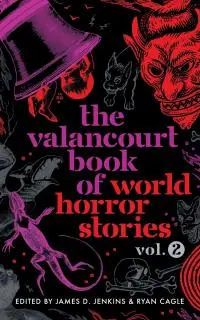 Vol. II officially releases to a wider audience in paperback and eBook this month (Feb. 2022). What are you hoping readers will come away with after reading this book?
Vol. II officially releases to a wider audience in paperback and eBook this month (Feb. 2022). What are you hoping readers will come away with after reading this book?
There were a few people who pointed out, correctly, that about half the first book consisted of Western European stories, while only one story from Asia, for example, was included. The second book is even more diverse than the first, with four stories from Asia, plus several from Eastern Europe, and entries from South America, Africa, and the Caribbean. So in case there was any doubt after the first book, we’re hoping people will come away realizing that horror really is a worldwide phenomenon, and if you look hard enough you can find it almost anywhere in the world. We also hope it will help expand readers’ ideas of what horror fiction can be, and for those readers who love horror but feel like the same dozen or two dozen names seem to pop up in anthology after anthology, we hope it will show that there are a lot of other unique and original voices out there.
Vol. I was released in December of 2020. I’m sure you’re both so proud of the reception from critics and reviewers. Everything I saw was so full of praise and admiration. What was the feedback from the authors you worked with? Will more of their work be translated into English? How can readers continue to support them if we enjoyed their stories?
Yes, the reception was phenomenal and really gratifying. Valancourt has been around for over 15 years now, and I don’t think we’d ever been nominated for anything, so to be considered for the World Fantasy and Shirley Jackson Awards was very exciting. The feedback from the authors has been very enthusiastic as well. In fact, we’re currently working on three spinoff volumes, collections by authors featured in the first World Horror book. Anders Fager’s Swedish Cults, originally published in Swedish in 2009 and already translated into French and Italian, will be making its English debut later this year. Its French publisher described it as ‘Swedish Lovecraft on acid’, which is about right. Attila Veres, the Hungarian author whose story "The Time Remaining" was many readers’ favorite in Volume I, will be making his English debut as well with the collection The Black Maybe, which will feature an introduction by weird fiction legend Steve Rasnic Tem. It’s an incredibly original book that we think is going to blow people away. Finally, Luigi Musolino’s first English collection, A Different Darkness, will also be out later this year. Luigi is a terrific writer who draws on Italy’s folkloric traditions to craft some truly terrifying modern folk horror stories, and we think people will really enjoy his work.
Lastly, are there plans for a Vol. III?
As you might imagine, these books take an enormous amount of time and resources to put together, so it will probably depend on the response to Volume II. If it gets the same kind of reaction as the first book and it seems like there’s an appetite among readers for more, than we’d definitely consider doing a third book. In fact, we’ve been tossing around some ideas already and are thinking it might take a different approach, looking for older, classic material as opposed to contemporary authors. We’re also working on another spinoff volume which will include horror stories from languages considered by UNESCO to be vulnerable or endangered, like Basque, Occitan, and Frisian, and we’re hoping to have that out late this year as well.
I was so impressed with Volume I that Volume II is a recommended purchase for any horror fan looking to expand their knowledge of horror to include what the whole world has to offer, not just what is available in their own back yard.
Get The Valancourt Book of World Horror Stories Vol. I
Get The Valancourt Book of World Horror Stories Vol. II
Valancourt has jumped through all the necessary hoops to gather these stories and translate them so they can be enjoyed by English-speaking horror fans. All you have to do is read them! Here's the TOC for Volume II so you can see what you're looking forward to:
Luciano Lamberti, 'The Nature of Love' (Argentina)
Roberto Causo, 'Train of Consequences' (Brazil)
Braulio Tavares, 'Screamer' (Brazil)
Yavor Tsanev, 'The Recording of the Will' (Bulgaria)
Zhang Yueran, 'Whitebone Spirit' (China)
Teddy Vork, 'The Wonders of the Invisible World' (Denmark)
Indrek Hargla, 'The Grain Dryer of Tammõküla' (Estonia)
Mélanie Fazi, 'Dreams of Ash' (France)
Konstantinos Kellis, 'Firstborn' (Greece)
Gary Victor, 'Lucky Night' (Haiti)
Steinar Bragi, 'The Bell' (Iceland)
Jayaprakash Satyamurthy, 'Shelter from the Storm' (India)
Stephan Friedman, 'The Pallid Eidolon" (Israel)
Yasumi Tsuhara, 'The Old Wound and the Sun' (Japan)
Anton Grasso, 'The Ant' (Malta)
Dare Segun Falowo, 'Owolabi Olowolagba' (Nigeria)
Wojciech Gunia, 'The War' (Poland)
Ana María Fuster Lavín, 'Footsteps of Hunger' (Puerto Rico)
Val Votrin, 'The Regensburg Festival' (Russia)
Bora Chung, 'Mask' (South Korea)
Viola Cadruvi, 'The Runner' (Switzerland)
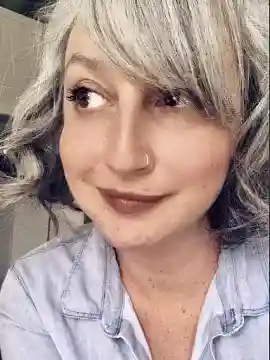
About the author
Sadie Hartmann, “Mother Horror” reviews horror fiction for Cemetery Dance Online and Scream Magazine. She is a co-owner of a curated, horror fiction book subscription company called Night Worms. She lives in the Pacific Northwest with her husband, kids and Frenchie.

